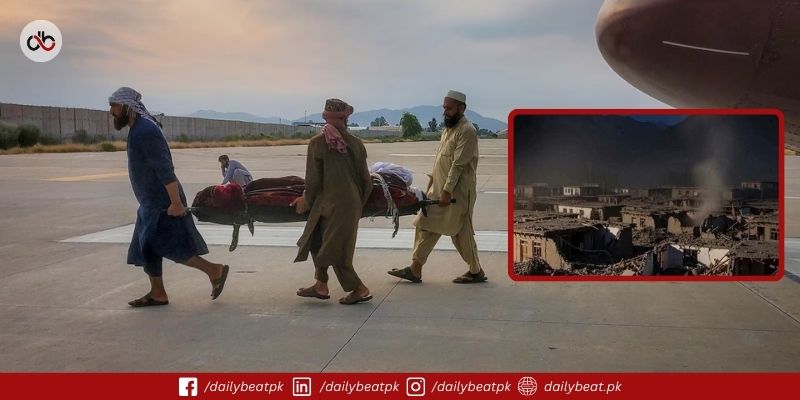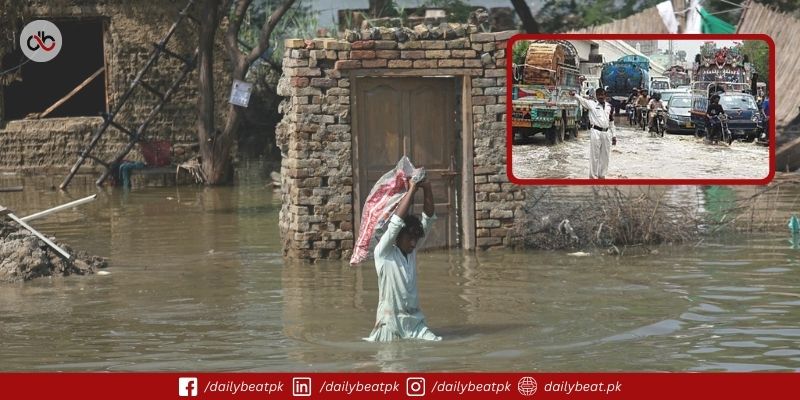The preliminary report on the Air India Flight 171 crash has raised more questions than answers. The flight, which crashed in June, killed all 260 people on board. A new report by India’s Aircraft Accident Investigation Bureau (AAIB) sheds light on a strange cockpit exchange before the crash.
The aircraft, a Boeing 787 Dreamliner, took off from Ahmedabad airport. Moments later, both fuel-control switches were moved to the “cut-off” position. This action stopped fuel from reaching the engines, causing them to shut down. This switch is usually turned off only after landing.
A short voice clip from the cockpit voice recorder (CVR) was included in the report. In it, one pilot asks, “Why did you do the cut-off?” The other responds, “I didn’t.” The report does not say who said what.
At the time, co-pilot Clive Kunder, 32, was flying the plane. Captain Sumeet Sabharwal, 56, was monitoring. Both pilots were experienced, with over 19,000 hours of flight time combined.
After the engines shut down, the system tried to restart them automatically. One engine started to recover, but the other failed. The plane crashed into a crowded area in Ahmedabad less than a minute after takeoff.
This brief cockpit conversation has caused wide speculation. Was it a mistake, a system failure, or something else? International media reports suggest investigators may be focusing on the captain’s role. But the AAIB has criticized such reports as “irresponsible” and based on limited information.
The U.S. National Transportation Safety Board (NTSB), which is helping with the investigation, also warned against early conclusions. In India, pilot groups have spoken out against blaming the crew before the full report is released.
Experts say the single line from the CVR is not enough. Some believe the full audio should be shared to clear doubts. Others have suggested a possible fault in the engine’s control system. But the report states that the fuel switches were turned off manually.
The cause of the crash is still unclear. Investigators continue to examine technical data, flight history, and maintenance records. A final report is expected to provide more answers in the coming months.















